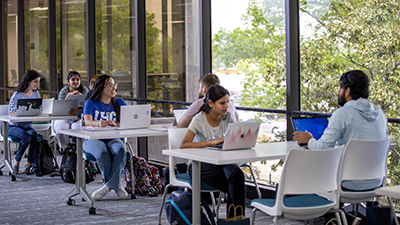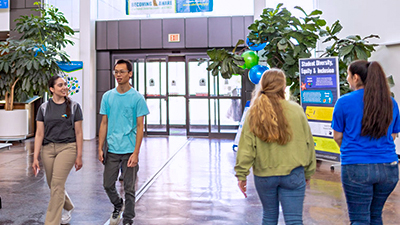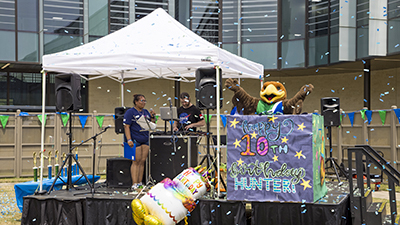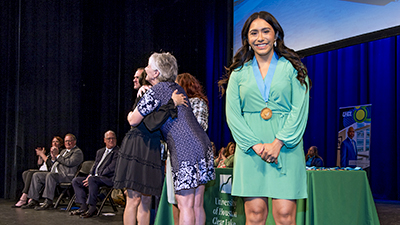New initiative targets recovery, education for victims of head trauma
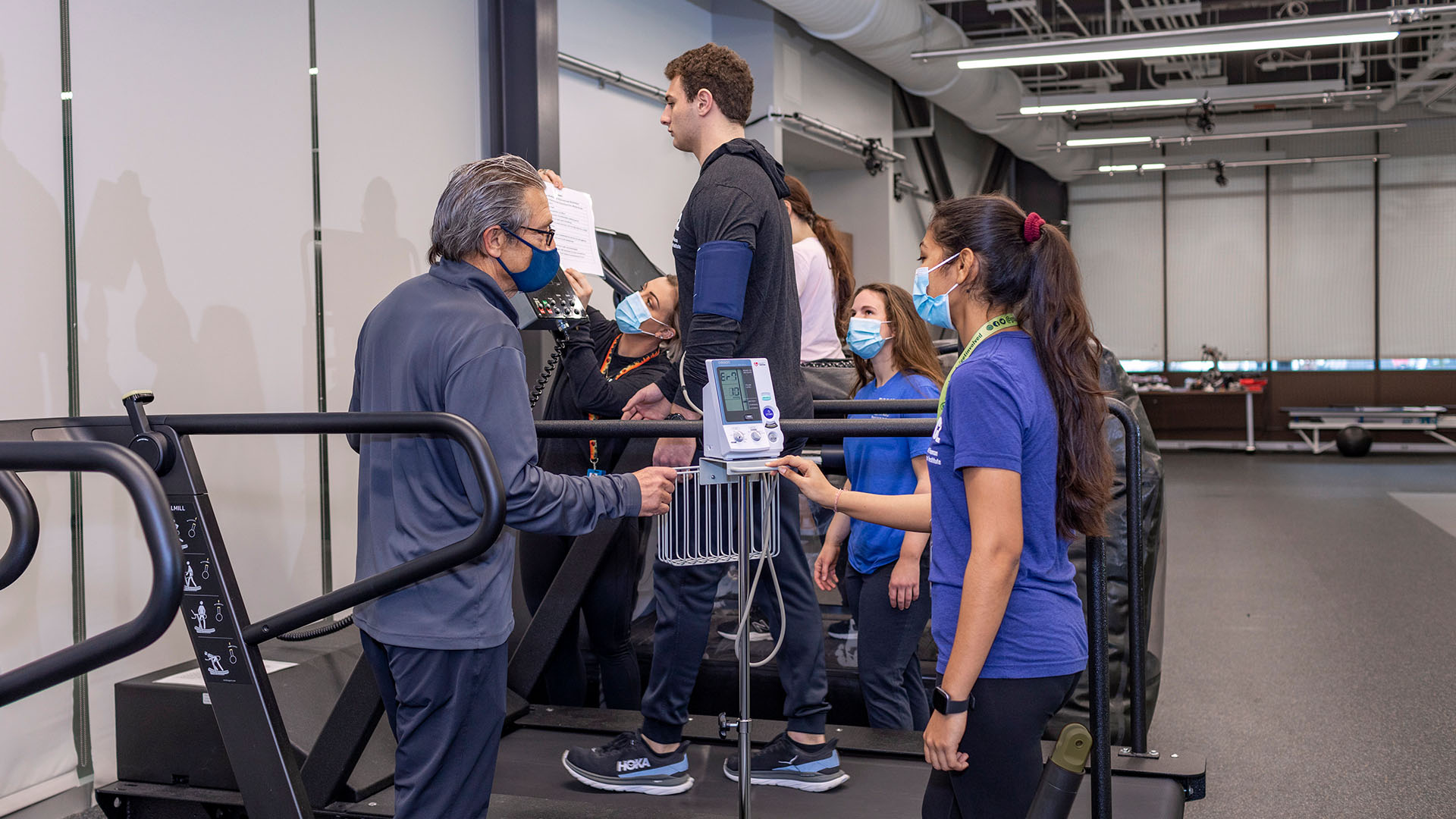
Athletes aren't the only ones who suffer from brain injuries. The Centers for Disease Control and Prevention reported over 223,000 concussion-related hospitalizations last year, and brain injuries are very common after falls in middle-and older-aged adults. As with the recent sudden loss of actor and comedian Bob Saget, patients and even their doctors didn't know the injury was that severe.
The Health and Human Performance Institute (HHPI) at University of Houston-Clear Lake is launching the Center for Neurologic Injury and Recovery, a new initiative that aims to identify and help rehabilitate those who have suffered severe neurologic injuries and concussions or other mild traumatic brain injuries due to intimate partner violence (IPV), a sports injury, or an occupational injury. This community outreach initiative provides unique services and research while training students working toward a Master of Science in Exercise and Health Sciences to apply the concepts they are learning in class in a hands-on setting.
"The experiential learning opportunities gained from working directly with clients puts the students far ahead others who are entering the workforce," said HHPI Clinical Director Joe Hazzard, who also provides oversight and guidance to students.
Cases like Saget's are not uncommon because there are often no warning signs of a brain bleed after a fall or blow to the head. Hazzard said Saget could likely have been a person with a very superficial blood supply structure in the brain.
"There are some people who suffer a relatively small bump to their head that results in a brain bleed, which would tear the blood supply in the brain and cause a slow trickle of blood that would fill the cavity between the brain and the skull, causing unconsciousness and even death in a short period of time," he said.
"It's our goal to raise awareness about these kinds of injuries among people who provide resources to athletes, to those who might experience a job-related head trauma, and to those have suffered intimate partner violence," he explained. "We can help them recover through a protocol of exercise and testing."
The World Health Organization reports that globally, one out of three women will experience intimate partner violence or sexual abuse over their lifetime, and that over 90% of the blows delivered in an assault are to the head, face or neck.
But these injuries might not be immediately evident to front-line resource personnel who interact with a victim after the assault.
"Victim resource personnel might sit with a victim of IPV, explain their options, and wonder why they don't seem to understand or be able to make a decision," Hazzard said. "Short or long-term cognitive deficits are common in these cases. Community resource people may not completely understand this could be the result of a head injury."
He said one aim of the Center for Neurologic Injury and Recovery initiative is to help raise awareness about signs and symptoms among people who provide these kinds of community and medical resources to IPV victims. "They are often the first point of contact," he said. "They're often looking for broken bones, but they don't always ask if a person has been hit on the head."
A concussion can occur by several mechanisms — a direct blow, a rotational force of the brain, the head hitting the ground or object during play. "This can happen to athletes, but also people in certain occupations, like firefighters or police officers," he said. "In the HHPI, together with graduate students, we work to identify victims of head injury and use gradual exercise as a tool to initially provocate symptoms, which include dizziness or balance issues, vision problems, grogginess, headaches, nausea, and trouble thinking clearly."
Previously, Hazzard explained that the protocol for concussion or mild TBI would have indicated rest and a limit on activity. "We now believe that while exercise is initially a provocative stimulus, long-term it is promoting and accelerating healing," he said. "Increased blood flow translates to an improvement in all areas and systems of the body, including cardiovascular, musculoskeletal and respiratory. Exercise is medicine, period."
Hazzard added that other research has demonstrated the benefits of exercise on brain health in general. "The brain simply functions better as a result of exercise, and in this population with mild TBI or concussion, what we want to do is return the person to their sporting or work environment as quickly and as safely as possible," he said. "Now we know from the research that we can introduce submaximal exercise within 48 hours of the injury."
Anyone with a diagnosis of concussion or mild TBI is eligible for free services at the Health and Human Performance Institute. No referrals are needed. For more information about HHPI, go online.

